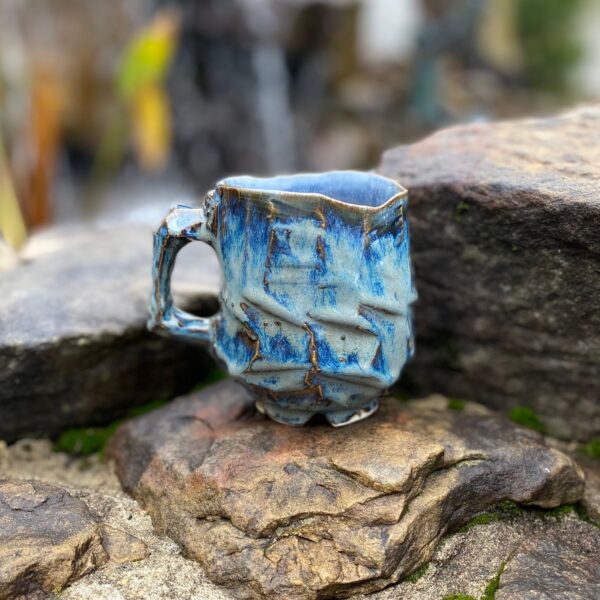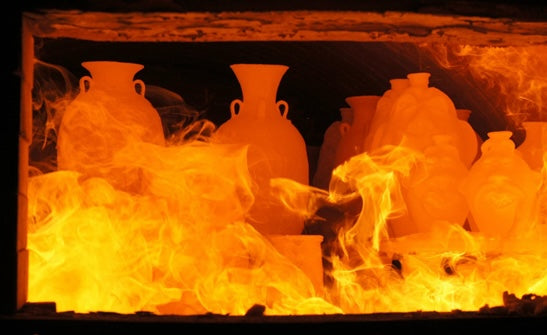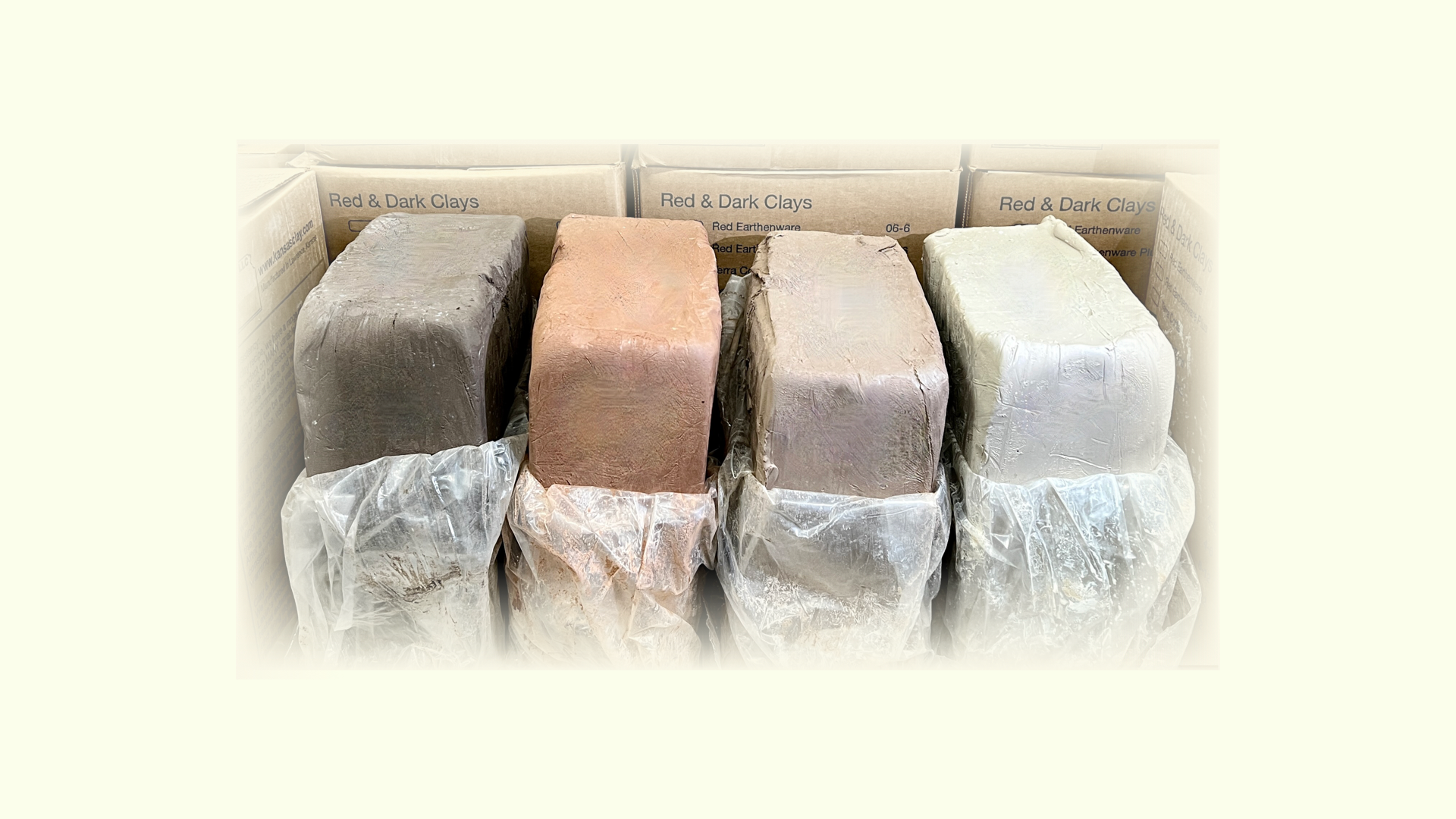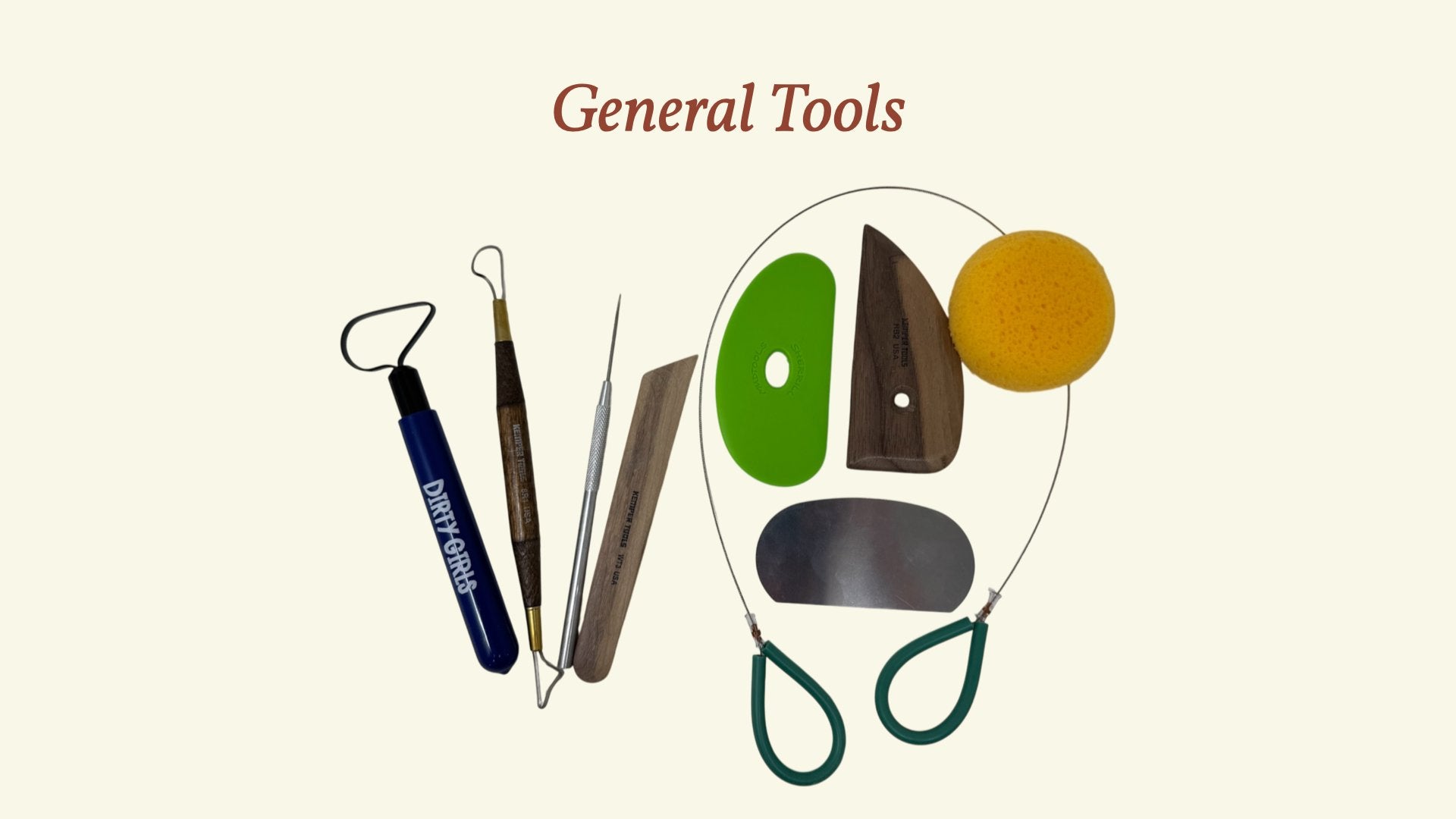Some of you may have met me around the shop already - my name is Zeynep and I am an apprentice for Dave (the head kiln technician here at Bracker's!) I have been turning kiln screws and changing elements for almost three years now, with almost one entire year here at Bracker's.
Fortunately, the days of apprenticeships are still alive and well in the ceramics world - to an extent. But how does one distill 30 years of electric kiln and wheel repair knowledge for an apprentice to take on? Are there books on this kind of thing? Dave, help!
The answer is — kind of, but mostly no. Fortunately, kiln and equipment repair are entirely accessible to those with even a basic level of screw-turning ability. In the past, Bracker's has provided school districts and the community with professional development courses for this purpose, because we love to see artists and teachers develop the skills to maintain the precious equipment that allows us to make the work that we love. And while changing out your thermocouple or relay isn't nearly as fun as actually making pots, there's still a considerable sense of accomplishment that comes from doing those repairs yourself.
Just like we wash, clean, and maintain our cars — we should view our expensive equipment with the same philosophy. For the equipment's longevity and your own peace of mind!
(By the way - you can download our back to school equipment checklist here)
We have posted a plethora of Tech Tips in the past for all things tech-y, scientific, or semi-complicated. Dave (our head tech, many of you know him by now!) requested that we not bombard the public with kiln electrical theory right off the bat. Because when will you ever need that, right? But from a functional standpoint, at least knowing the path that power takes (from the power lines outside, to the element coils in your kiln) can actually help you narrow down and deduce where your problem(s) might be coming from. I think this is an invaluable skill when you own equipment and you aren’t sure whether to call your electrician, or schedule yet another repair consult with Dave. And — it’s a good starting place for an apprentice too.
Water and electricity don’t really mix (of course!), but it becomes easier to understand electricity if you picture the “flow of electricity” like the flow of water. Essentially, power flows from the power pole down your street, through your home or school’s breaker panel, through the wall receptacle (outlet) and into your kiln. Here’s a flow chart that shows the flow of electricity through the kiln’s various components:

(Troubleshooting Flow Chart)
For example, I just replaced some elements in a kiln at a middle school a few weeks back. After finishing, I realized the kiln wasn’t turning on! I flipped the breaker, plugged in the kiln, and no dice… The kiln had turned on earlier, so I knew the breaker was working. The outlet was in good shape and the power cord connections were tight and not discolored or melted. The next place I checked (as per the flow chart above and Dave’s timely advice) was the little black fuse on the side of the red control box. Lo and behold, the fuse holder had loosened in the process of moving the control box around.
Once I tightened the fuse holder down, the kiln turned on perfectly and it was all set for the teacher’s next firing. In this way, knowing the next place to check your kiln for issues might save you some precious time (and probably a $250 diagnostic charge too).








